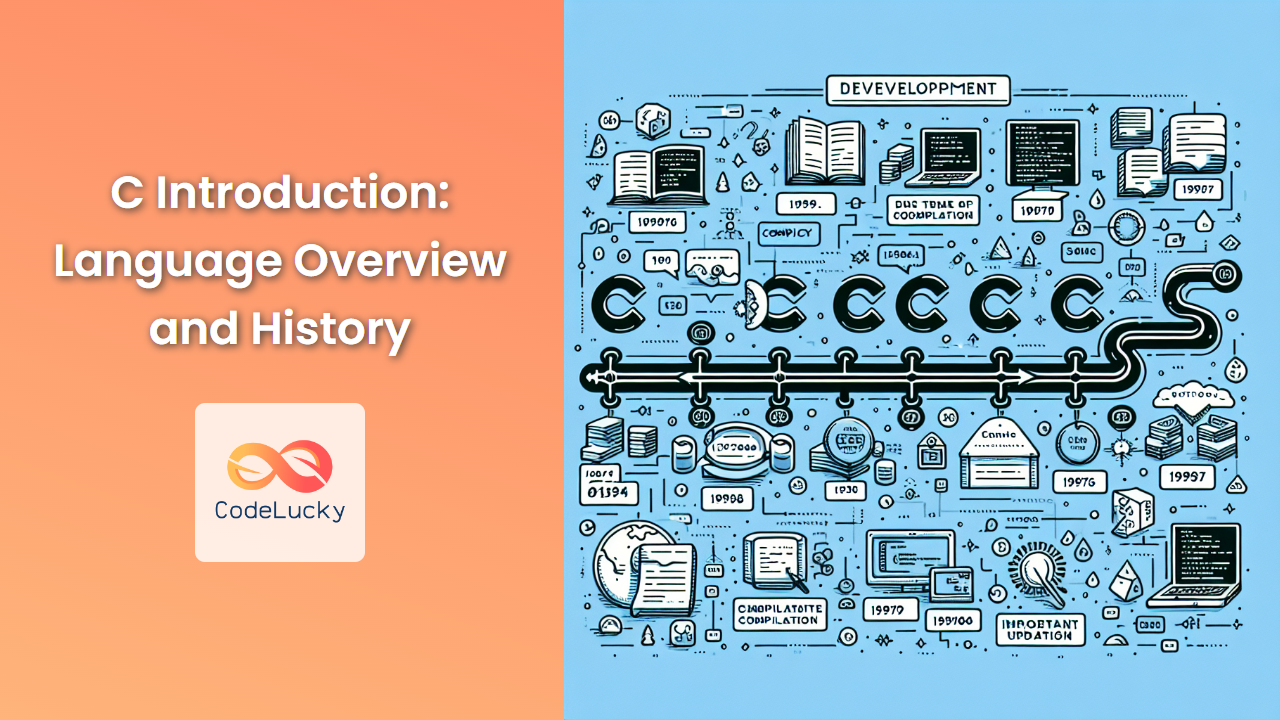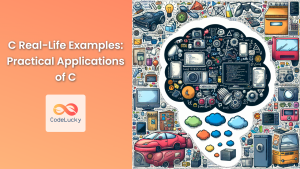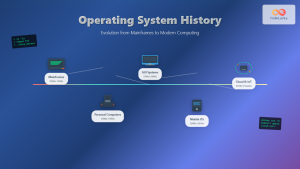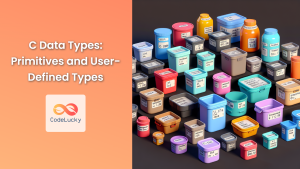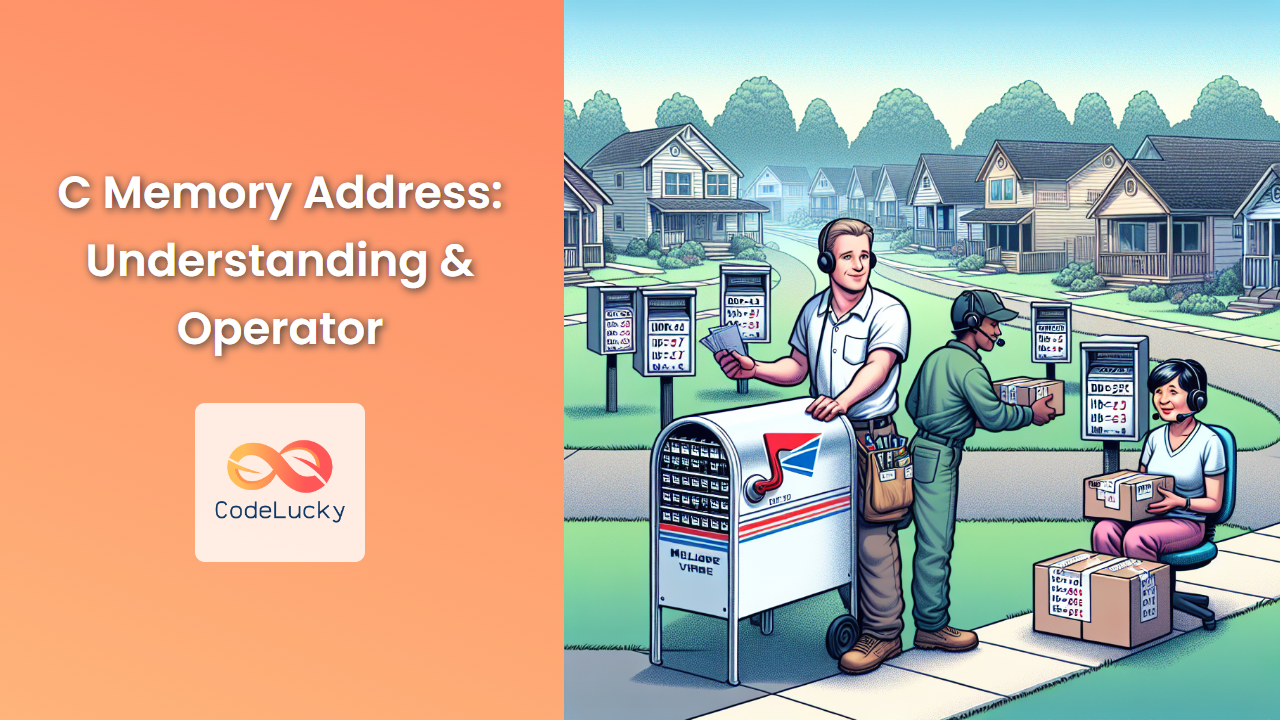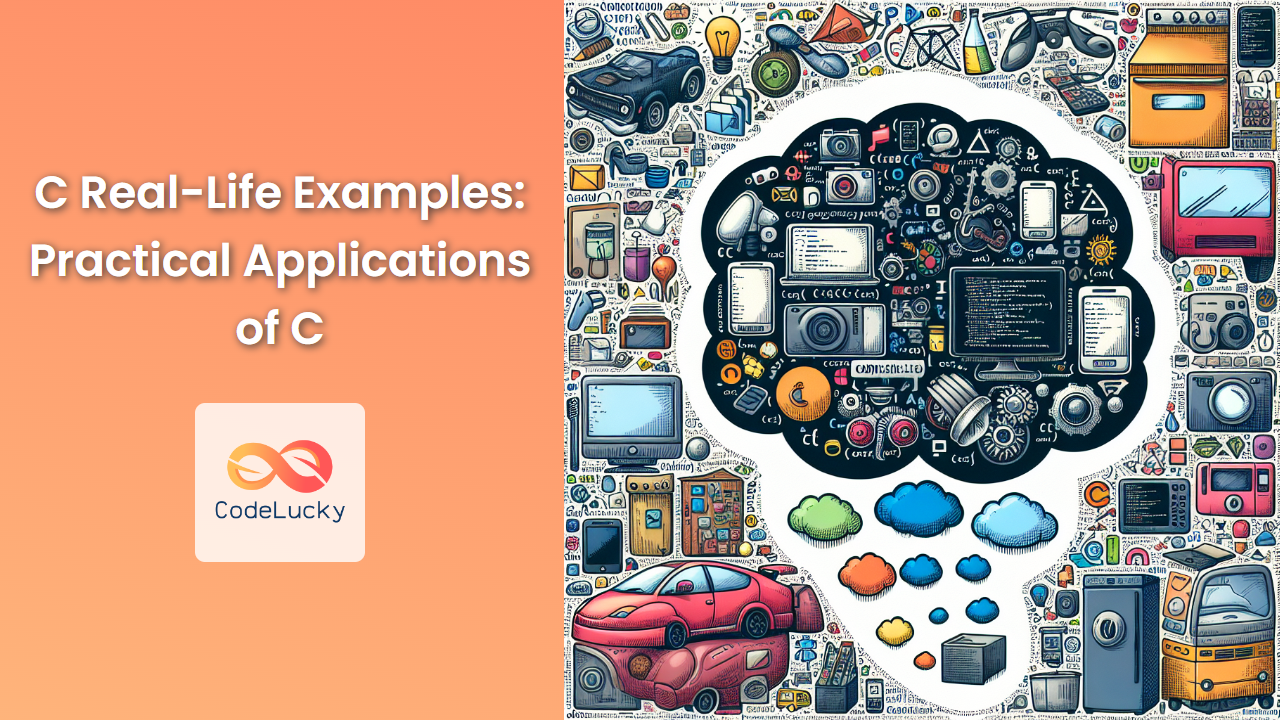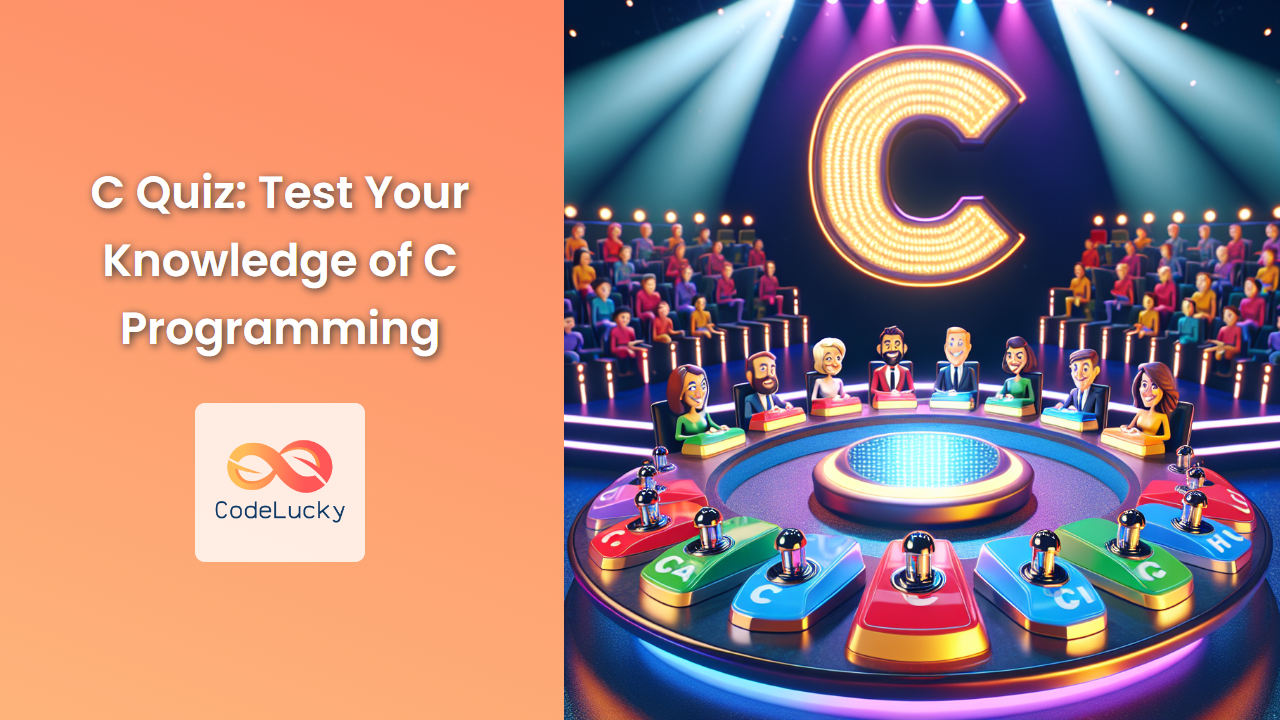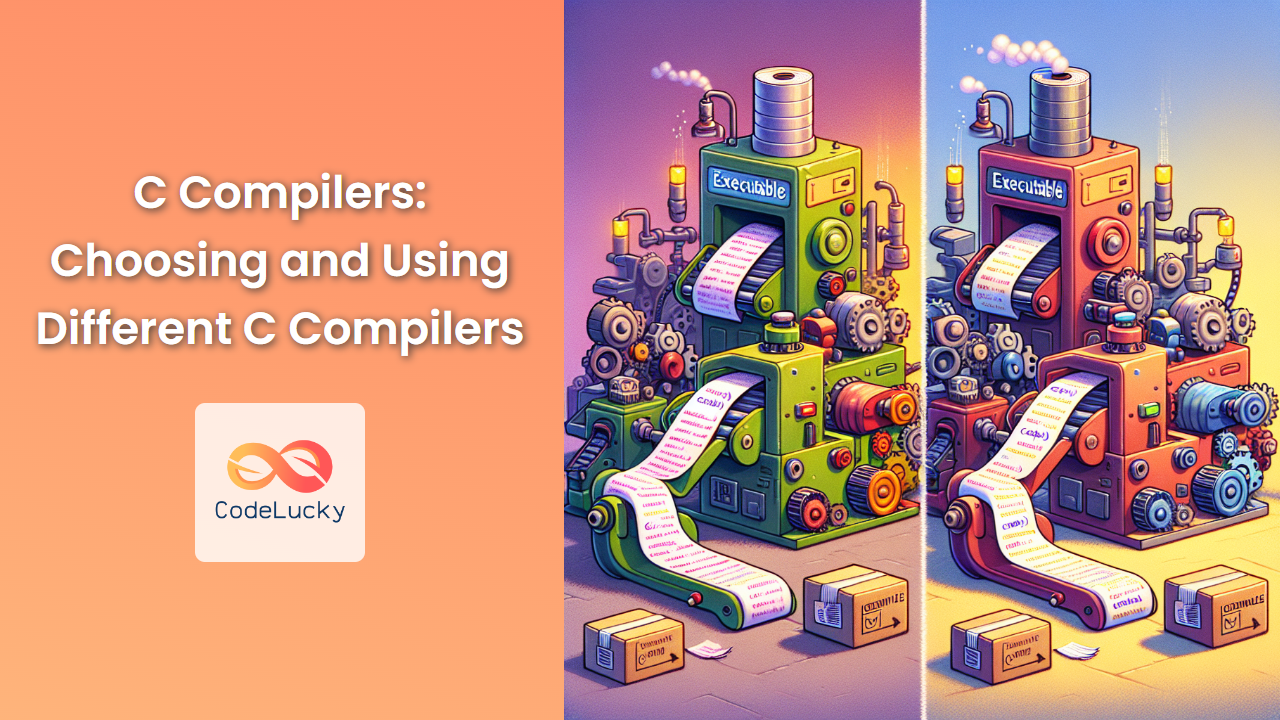C is a powerful, versatile, and efficient programming language that has stood the test of time. Since its inception in the early 1970s, C has become one of the most widely used programming languages in the world. Its influence can be seen in countless applications, operating systems, and even other programming languages. In this comprehensive article, we'll dive deep into the world of C, exploring its history, key features, and why it remains relevant in today's fast-paced tech landscape.
The Birth of C: A Brief History
🕰️ The story of C begins in 1969 at Bell Labs, where Ken Thompson and Dennis Ritchie were working on developing the UNIX operating system. Initially, they used assembly language, but soon realized they needed a higher-level language to make their work more efficient.
Thompson created a simplified version of the BCPL language, which he called B. However, B had limitations, particularly in its ability to handle data types and structures. This led Ritchie to develop C between 1969 and 1973, building upon the foundations of B while addressing its shortcomings.
Key milestones in C's history:
- 1972: The first version of C is developed
- 1978: The first edition of "The C Programming Language" by Brian Kernighan and Dennis Ritchie is published
- 1989: ANSI C (C89) is standardized
- 1999: C99 standard is released
- 2011: C11 standard is published
- 2018: C17 (also known as C18) becomes the latest standard
Why C Matters: Key Features and Advantages
🚀 C's enduring popularity can be attributed to several key features that make it an excellent choice for a wide range of programming tasks:
-
Efficiency: C provides low-level access to memory and hardware, allowing for highly optimized code.
-
Portability: C programs can be easily ported to different platforms with minimal changes.
-
Flexibility: C can be used for system programming, application development, and embedded systems.
-
Rich Standard Library: C comes with a comprehensive standard library that provides essential functions for input/output, memory management, and more.
-
Structured Programming: C supports structured programming concepts, making code more organized and easier to maintain.
Let's explore some of these features with practical examples.
C in Action: A Simple Program
To get a feel for C's syntax and structure, let's start with a simple "Hello, World!" program:
#include <stdio.h>
int main() {
printf("Hello, World!\n");
return 0;
}
Let's break down this program:
#include <stdio.h>: This line includes the standard input/output library, which provides theprintffunction.int main(): This is the main function, the entry point of every C program.printf("Hello, World!\n");: This line prints the text to the console.return 0;: This indicates that the program has executed successfully.
When you compile and run this program, you'll see the following output:
Hello, World!
Exploring C's Efficiency: Memory Management
One of C's strengths is its ability to manage memory efficiently. Let's look at an example that demonstrates dynamic memory allocation:
#include <stdio.h>
#include <stdlib.h>
int main() {
int *numbers;
int n, i;
printf("Enter the number of elements: ");
scanf("%d", &n);
// Dynamically allocate memory
numbers = (int*)malloc(n * sizeof(int));
if (numbers == NULL) {
printf("Memory allocation failed\n");
return 1;
}
// Input numbers
for (i = 0; i < n; i++) {
printf("Enter number %d: ", i + 1);
scanf("%d", &numbers[i]);
}
// Calculate and print the sum
int sum = 0;
for (i = 0; i < n; i++) {
sum += numbers[i];
}
printf("Sum of the numbers: %d\n", sum);
// Free the allocated memory
free(numbers);
return 0;
}
This program demonstrates several important C concepts:
- Dynamic memory allocation using
malloc() - Error checking for memory allocation
- User input with
scanf() - Array manipulation
- Memory deallocation with
free()
Let's see an example run of this program:
Enter the number of elements: 5
Enter number 1: 10
Enter number 2: 20
Enter number 3: 30
Enter number 4: 40
Enter number 5: 50
Sum of the numbers: 150
This example showcases C's ability to handle memory efficiently, allowing programs to use only the amount of memory they need.
C's Portability: Writing Cross-Platform Code
C's portability is one of its greatest strengths. Let's look at an example that demonstrates how to write code that can run on different operating systems:
#include <stdio.h>
#ifdef _WIN32
#include <windows.h>
#define CLEAR_SCREEN "cls"
#else
#include <unistd.h>
#define CLEAR_SCREEN "clear"
#endif
void clearScreen() {
system(CLEAR_SCREEN);
}
void delay(int seconds) {
#ifdef _WIN32
Sleep(seconds * 1000);
#else
sleep(seconds);
#endif
}
int main() {
int i;
for (i = 5; i > 0; i--) {
clearScreen();
printf("Countdown: %d\n", i);
delay(1);
}
clearScreen();
printf("Blast off!\n");
return 0;
}
This program demonstrates:
- Use of preprocessor directives (
#ifdef,#else,#endif) for conditional compilation - Platform-specific header inclusions
- Macros for platform-independent function calls
- Custom functions that work across different operating systems
When you run this program, you'll see a countdown from 5 to 1, with the screen clearing between each number, followed by "Blast off!" This code will work on both Windows and Unix-like systems (Linux, macOS) without modification.
C's Rich Standard Library: File Handling
C's standard library provides powerful functions for file handling. Let's explore an example that reads data from a file, processes it, and writes the results to another file:
#include <stdio.h>
#include <stdlib.h>
#include <string.h>
#define MAX_LINE_LENGTH 100
typedef struct {
char name[50];
int age;
float height;
} Person;
int main() {
FILE *input_file, *output_file;
char line[MAX_LINE_LENGTH];
Person person;
input_file = fopen("input.txt", "r");
if (input_file == NULL) {
printf("Error opening input file\n");
return 1;
}
output_file = fopen("output.txt", "w");
if (output_file == NULL) {
printf("Error opening output file\n");
fclose(input_file);
return 1;
}
fprintf(output_file, "Name,Age,Height,Category\n");
while (fgets(line, MAX_LINE_LENGTH, input_file)) {
sscanf(line, "%[^,],%d,%f", person.name, &person.age, &person.height);
char *category;
if (person.age < 18) {
category = "Minor";
} else if (person.age >= 18 && person.age < 65) {
category = "Adult";
} else {
category = "Senior";
}
fprintf(output_file, "%s,%d,%.2f,%s\n", person.name, person.age, person.height, category);
}
fclose(input_file);
fclose(output_file);
printf("Data processing complete. Check output.txt for results.\n");
return 0;
}
This program demonstrates:
- File opening and error handling
- Reading from and writing to files
- String parsing with
sscanf() - Struct usage for organizing data
- Conditional logic for data categorization
Let's say we have an input file input.txt with the following content:
John Doe,25,1.75
Jane Smith,17,1.65
Bob Johnson,70,1.80
Alice Brown,45,1.70
After running the program, the output.txt file will contain:
Name,Age,Height,Category
John Doe,25,1.75,Adult
Jane Smith,17,1.65,Minor
Bob Johnson,70,1.80,Senior
Alice Brown,45,1.70,Adult
This example showcases C's ability to handle complex data processing tasks efficiently.
C's Influence on Modern Programming
🌟 C's impact on the world of programming cannot be overstated. Many popular programming languages have been influenced by C or directly derived from it:
- C++: An object-oriented extension of C
- Java: Syntax heavily influenced by C and C++
- C#: Microsoft's language that combines C-style syntax with modern features
- Objective-C: Apple's extension of C used for iOS and macOS development
- Python: While different in syntax, many of Python's libraries are written in C for performance
Moreover, C remains the language of choice for:
- Operating system kernels (e.g., Linux, Windows)
- Embedded systems and IoT devices
- High-performance computing applications
- Game development engines
Conclusion: The Enduring Legacy of C
As we've explored in this article, C's combination of efficiency, portability, and powerful features has ensured its continued relevance in the ever-evolving world of programming. From its humble beginnings at Bell Labs to its current status as a cornerstone of modern computing, C has proven to be a language that stands the test of time.
Whether you're developing low-level system software, creating high-performance applications, or simply looking to understand the foundations of programming, C provides a solid foundation that will serve you well throughout your coding journey.
As Dennis Ritchie, the creator of C, once said:
"C is quirky, flawed, and an enormous success."
This success is a testament to C's power and versatility, and its influence will likely continue to shape the world of programming for years to come.
- The Birth of C: A Brief History
- Why C Matters: Key Features and Advantages
- C in Action: A Simple Program
- Exploring C's Efficiency: Memory Management
- C's Portability: Writing Cross-Platform Code
- C's Rich Standard Library: File Handling
- C's Influence on Modern Programming
- Conclusion: The Enduring Legacy of C

